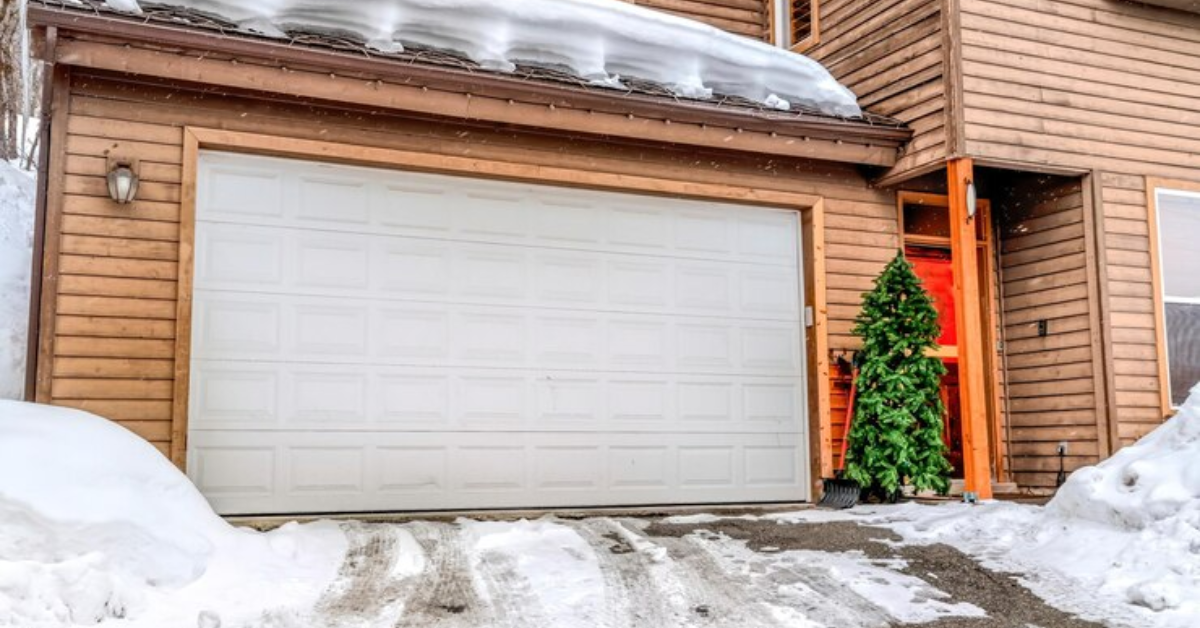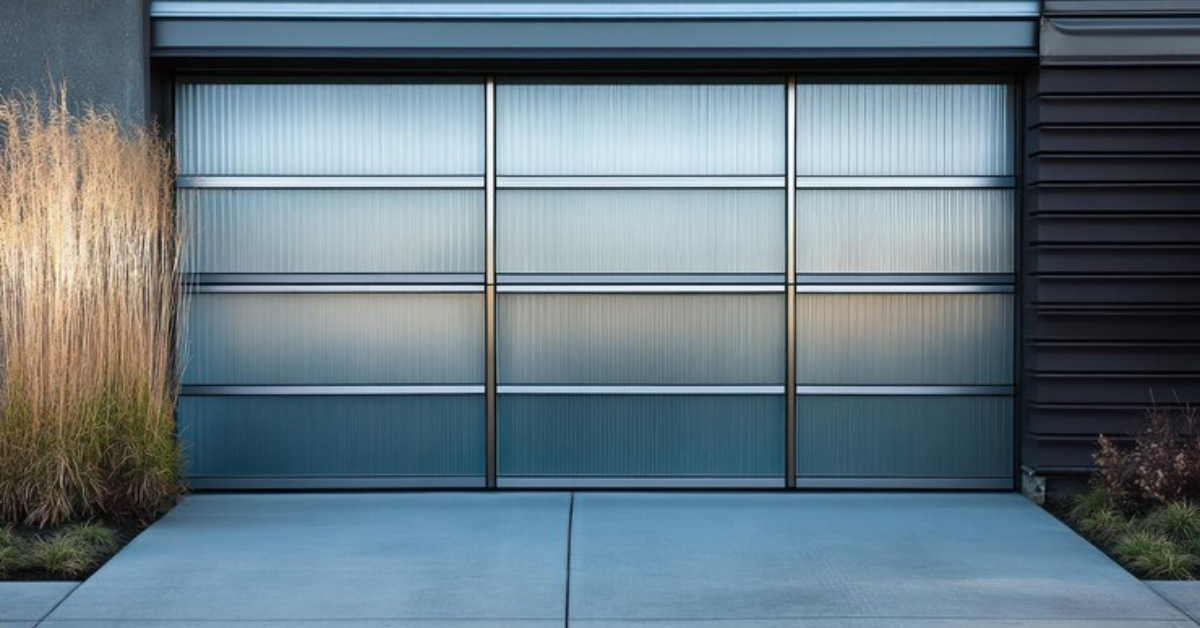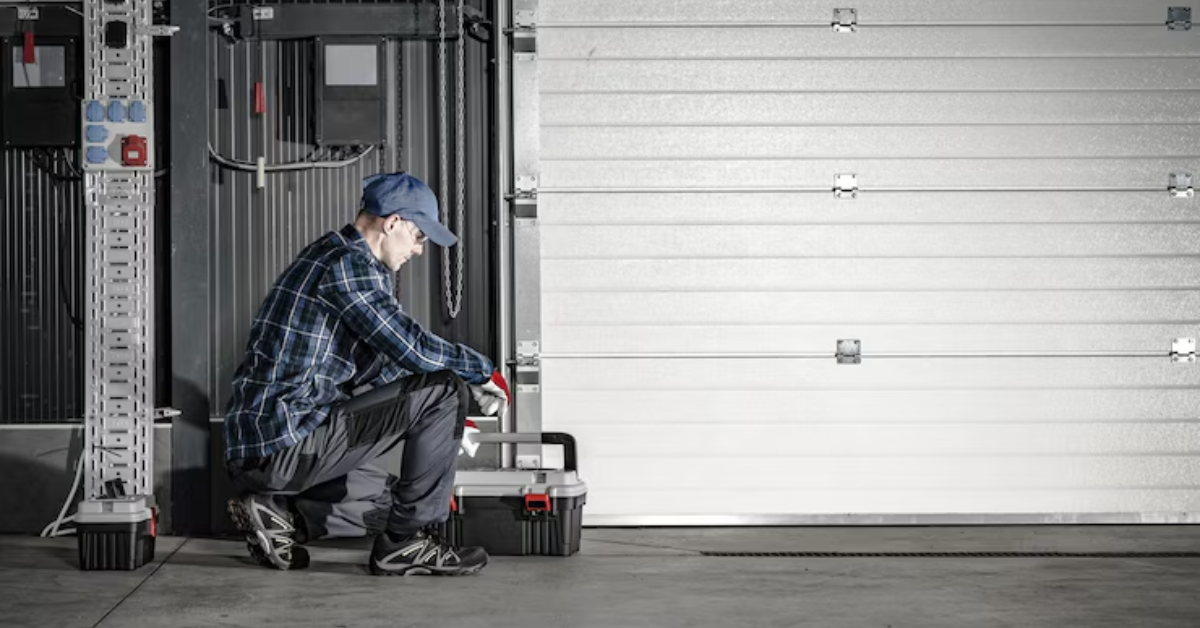How to Fix an Automatic Garage Door Opener
An automatic garage door opener makes life convenient, but when it stops working, it can be frustrating. Whether your garage door isn’t responding, moves partially, or makes unusual noises, there are several troubleshooting steps you can take to fix the issue. This guide will walk you through common problems and how to repair them efficiently.
Common Problems with Automatic Garage Door Openers
Before diving into the fixes, it's essential to identify the problem. Here are some of the most frequent issues people face with their garage door openers:
- Garage door not responding to the remote or wall switch.
- Door opens partially and then reverses.
- Unusual noises like grinding, squeaking, or clicking.
- Garage door moves slower than usual.
- Opener light doesn’t turn on or flashes repeatedly.
Now, let’s go through how to fix these problems step by step.
Step 1: Check the Power Source
One of the simplest yet often overlooked causes of a malfunctioning garage door opener is a disrupted power supply.
- Ensure the opener is plugged into a working outlet.
- Check if the circuit breaker has tripped or if a fuse has blown.
- If using a backup battery, confirm that it’s charged.
If the power supply is intact and the opener still doesn’t work, move on to the next step.
Step 2: Inspect the Remote and Wall Switch
If your garage door isn’t responding to the remote control or wall switch, the issue might be with the controls rather than the opener itself.
- Replace the batteries in the remote control.
- Reprogram the remote by following the manufacturer’s instructions.
- If the wall switch doesn’t work, check for loose or disconnected wiring.
If none of these fixes work, try operating the door manually. If it moves smoothly, the problem is likely with the opener and not the door mechanism.
Step 3: Check the Safety Sensors
Modern garage doors have safety sensors that prevent the door from closing on objects. If these sensors are misaligned or blocked, the door may not close properly.
- Locate the two sensors at the bottom of the garage door tracks.
- Ensure nothing is obstructing their path. Dust, cobwebs, or even direct sunlight can interfere with their operation.
- If the sensors appear misaligned, adjust them until the indicator lights are steady.
Once the sensors are clean and properly aligned, test the door again to see if it operates correctly.
Step 4: Inspect the Garage Door Tracks and Rollers
If your garage door opener is making loud noises or the door is moving unevenly, the tracks or rollers might be the culprit.
- Check for debris, dirt, or obstructions along the tracks.
- Look for any bends or damage in the tracks and gently realign them if needed.
- Apply a garage door lubricant to the rollers and tracks to ensure smooth operation.
Regular maintenance of the tracks and rollers can prevent long-term damage and keep the door moving efficiently.
Step 5: Test and Adjust the Limit Settings
The limit settings determine how far the garage door opens and closes. If the settings are off, the door might not close fully or may reverse unexpectedly.
- Locate the limit adjustment screws on the opener unit.
- Turn the adjustment screw slightly to increase or decrease the door travel distance.
- Test the door after each adjustment to see if it stops at the correct position.
Refer to your opener’s manual for specific instructions on adjusting the limits.
Step 6: Inspect the Tension Springs and Cables
If your garage door only opens partially or closes too quickly, worn-out tension springs or cables might be the issue.
- Look for visible signs of wear, rust, or breakage in the springs and cables.
- If you notice damage, do not attempt to repair them yourself—garage door springs are under high tension and can be dangerous. Contact a professional to handle spring replacements.
If the springs and cables appear fine, move on to the next troubleshooting step.
Step 7: Reset the Garage Door Opener
Sometimes, a simple reset can resolve issues with the garage door opener.
- Locate the reset button on your garage door opener.
- Press and hold it for a few seconds until the indicator light blinks.
- Release the button and reprogram your remote controls if necessary.
This can clear minor software glitches and restore normal operation.
Step 8: Check for Interference Issues
Wireless interference from other electronic devices can affect the signal between your remote and the garage door opener.
- Move Wi-Fi routers or cordless phones away from the garage opener unit.
- Try using the remote control closer to the opener to see if distance is the issue.
- If interference is persistent, consider changing the remote control frequency (refer to your manual for instructions).
Step 9: Examine the Motor and Gear System
If your garage door opener motor is making a humming noise but not moving, the internal gears may be worn out.
- Open the motor cover and inspect the gears.
- If they appear stripped or broken, you may need a replacement gear kit.
- For extensive motor damage, replacing the opener unit might be the best option.
Step 10: Call a Professional if Necessary
If you’ve tried all these steps and your garage door opener still isn’t working, it might be time to call a professional technician. Some repairs, such as spring replacement and motor repairs, require specialized tools and expertise.
Final Thoughts
Fixing an automatic garage door opener is often a matter of troubleshooting power sources, remotes, sensors, and mechanical components. Regular maintenance, such as cleaning the tracks, lubricating the rollers, and checking for loose wires, can prevent many common problems. However, if you’re dealing with broken springs, severe motor issues, or persistent malfunctions, professional repair services are recommended.
By following these steps, you can save time, money, and frustration while ensuring your garage door operates smoothly.
FAQs
1. Why is my garage door opener beeping?
A beeping garage door opener usually indicates a low battery, an obstruction in the door’s path, or a reset notification. Check the manual for specific error codes.
2. How long do garage door openers last?
Most garage door openers last 10–15 years, depending on usage and maintenance. Regular servicing can extend their lifespan.
3. What should I do if my garage door only closes halfway?
Check for misaligned safety sensors, dirty tracks, or an obstruction blocking the door’s path. Adjusting the limit settings may also help.
4. Can I replace my garage door opener myself?
Yes, if you have basic DIY skills, you can replace a garage door opener. However, installing or replacing torsion springs should always be left to professionals due to safety risks.
5. What type of lubricant should I use on my garage door opener?
Use silicone-based or lithium-based lubricants specifically designed for garage doors. Avoid WD-40, as it can attract dust and cause buildup.




